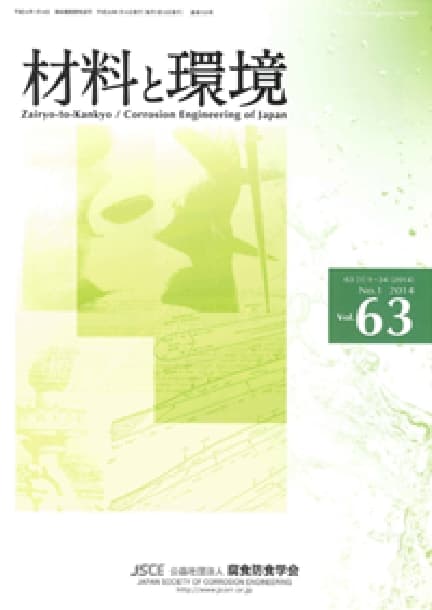Current Status and Future of Studies on Corrosion of Carbon Steel in the Presence of Magnetite
Toshio Shibata, Masahiro Seo, Katsuhisa Sugimoto, Tooru Tsuru, Shinji Fujimoto, Hiroyuki Inoue
pp. 2-8
Abstract
It is essentially necessary to understand the effect of corrosion products on the corrosion rate of carbon steel in order to evaluate the lifetime of carbon steel overpack. Especially, effect of magnetite on the long term integrity of overpack is one of the important subjects to be solved, because some experimental results showed that the magnetite layer formed on a carbon steel overpack as a corrosion product would accelerates the corrosion rate of the overpack. Various studies have been conducted on the corrosion mechanism of carbon steel in the presence of magnetite, its effect on the overpack lifetime and the countermeasures against the corrosion acceleration. At present, however, the interpretations on the results of these studies are not always consistent each other. In this report, the current status of the studies on corrosion of carbon steel in the presence of magnetite was reviewed, and the unsolved problems and future research subjects were extracted and discussed.
Readers Who Read This Article Also Read
Zairyo-to-Kankyo Vol.67(2018), No.9










